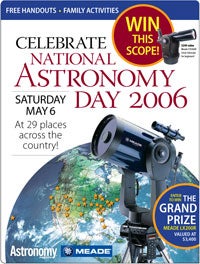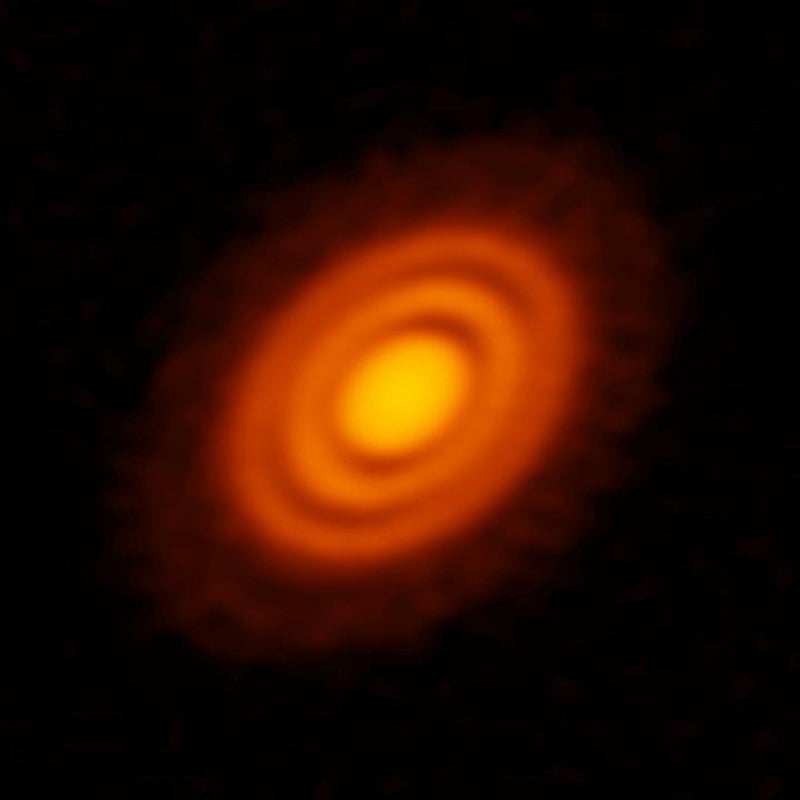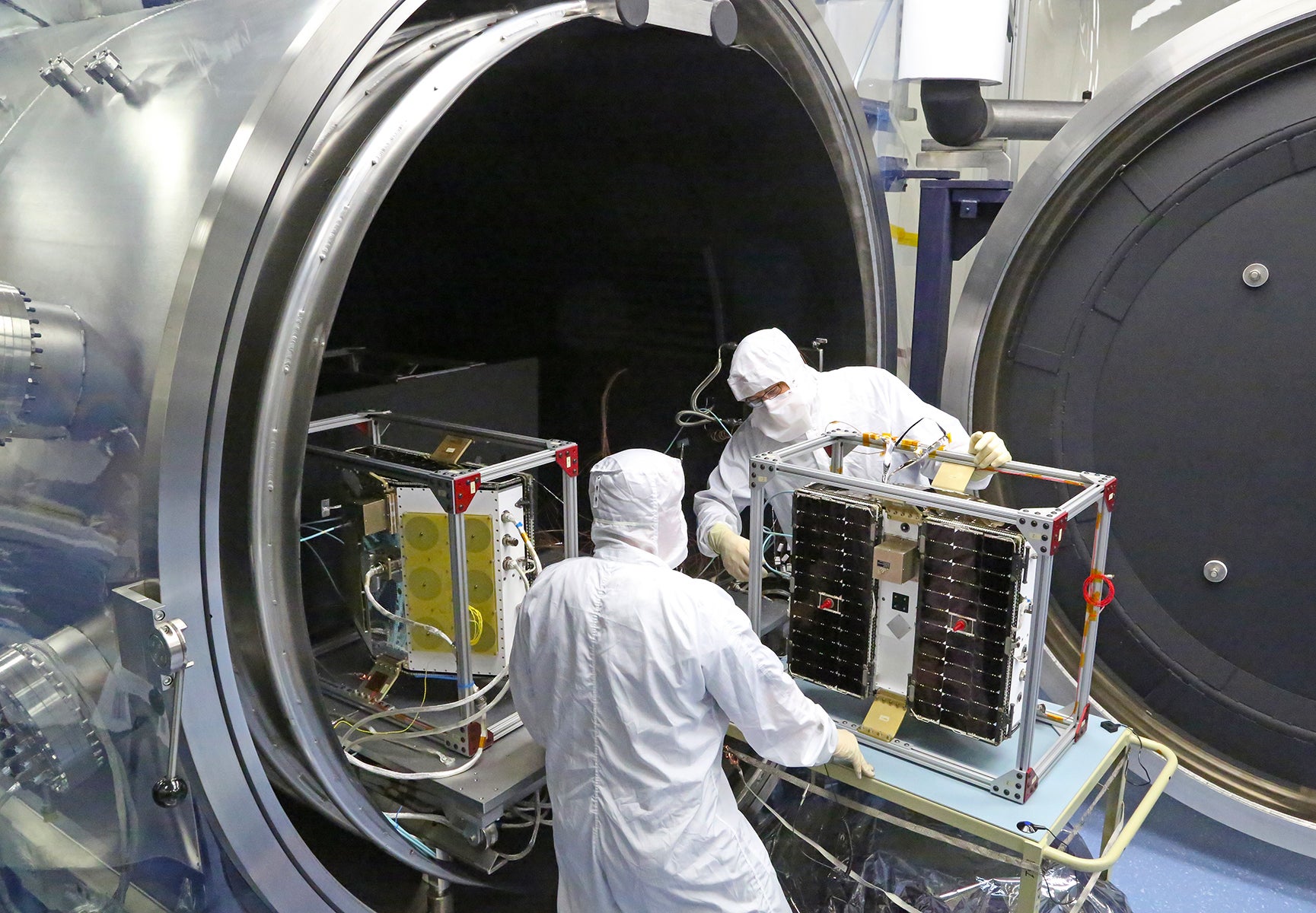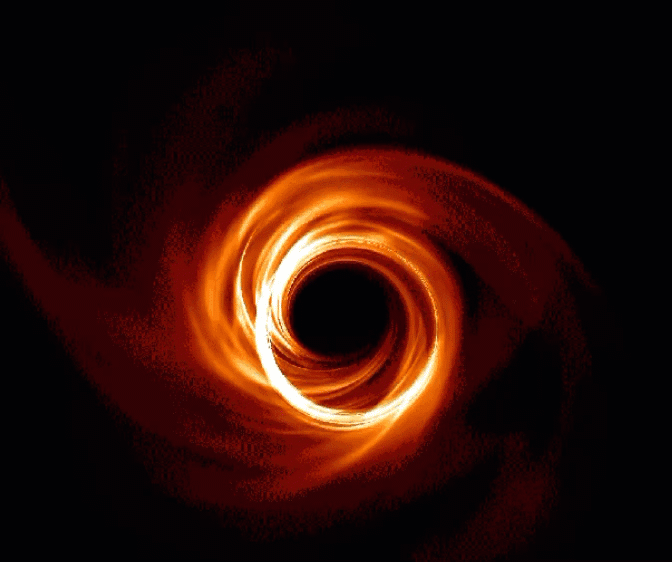
More Astronomy resources:
Astronomy Day home page
Astronomy news
This week’s sky events
Astronomy basics
Glossary of astronomical terms
Return to Astronomy “For the media” page
In the sky:
Now more than ever, it seems, kids need to have fun with science – our country’s future depends on it. The numbers don’t lie:
21 countries on a recent test of general knowledge in math and science.
Unfortunately, the growing demand for a competent science and engineering workforce coincides with a dwindling supply of people pursuing science and engineering degrees. President George W. Bush recently announced the American Competitiveness Initiative to bolster the United States’ diminishing performance in math and science.
National Astronomy Day strives to fight this downward trend and increase awareness – and enthusiasm – for science. National Astronomy Day encourages people to cut loose their cosmic curiosity.
For more information, contact:
Matt Quandt
Assistant editor
[t] 262.796.8776 x419
[e] mquandt@astronomy.com
May 1, 2006
Matt Quandt
Assistant editor
[t] 262.796.8776 x419
[e] mquandt@astronomy.com
May 1, 2006
Experts at 29 locations will inspire and engage kids and adults alike with hands-on activities, demonstrations, presentations, telescope observing, and more. These activities will showcase the visually stunning and mind-boggling events of deep space.
Visitors to the events will receive free material from Astronomy magazine – perfect resources for family camping trips, homework assignments, and scout troop projects – and also can enter to win a Meade telescope.
A special episode of PBS’ Jack Horkheimer: Star Gazer was recorded for National Astronomy Day and is available to view at www.astronomy.com/astronomyday.
Astronomy magazine and Meade Instruments are committed to developing and sponsoring efforts like National Astronomy Day to help stimulate public interest in science, exploration, discovery, and imagination.
To obtain contact information for the coordinators of the local events, please contact Matt Quandt at Astronomy:
[t] 262.796.8776
[e] mquandt@astronomy.com
National Astronomy Day history
In 1973, an amateur astronomer from California, Douglas Berger, started Astronomy Day. The Chabot Space and Science Center in Oakland – one of this program’s partners – hosted the first Astronomy Day. Berger wanted to introduce the public to the hobby and science of astronomy. Thirty-three years later, hundreds of local astronomy clubs and science organizations celebrate National Astronomy Day by introducing kids and adults alike to the infinite wonders of our universe.
Helpful links:








